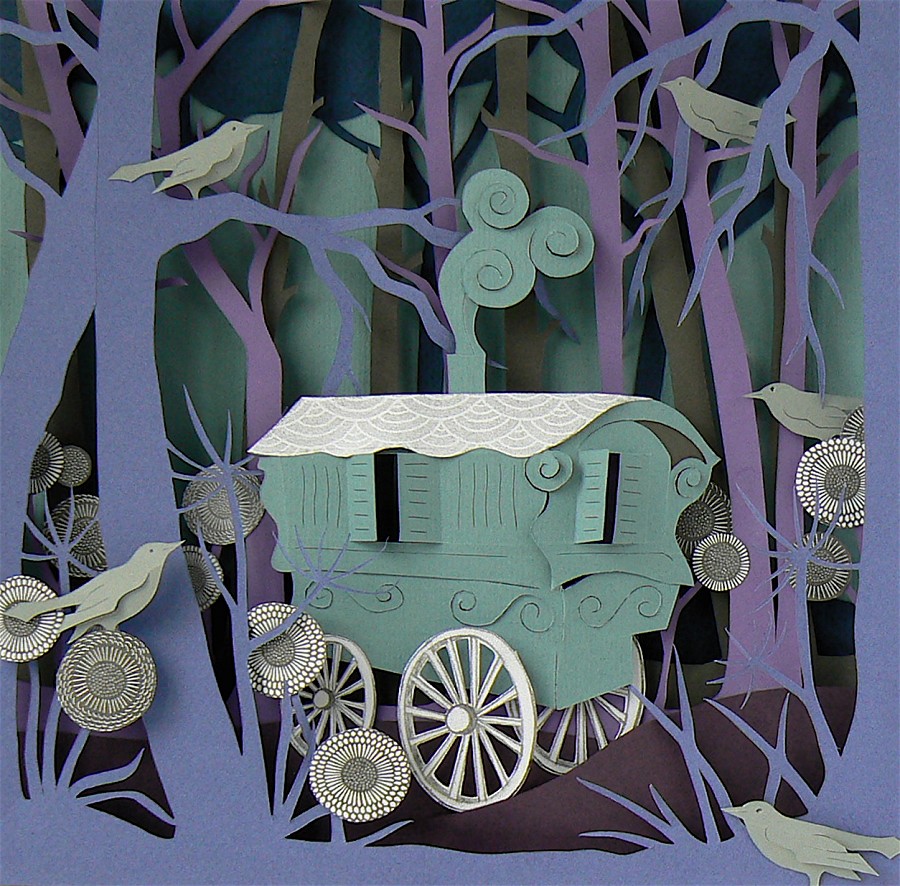Hello Everyone!
As Sarah mentioned in a previous post, my name is Holly Crawford-Seay and I am a Practicing Community Artist (PCA) living in Baltimore.
What is Community Art?
Community Art is a "public art practice with roots in social justice and popular and informal teaching methods. In the art world, community art signifies a particular art-making practice, emphasizing community involvement and collaboration (e.g. a mural). Community art is most often art for social change and involves some empowerment of the community members who come together to create artwork/s with artists." [Wikipedia]
What do you do?
As a graduate student in the Master's of Arts in Community Arts Program at MICA and an AmeriCorps/Community Art Corps (CAC) member, I co-facilitate an after-school art program twice a week at the Baltimore American Indian Center in Upper Fell's Point/Southeast Baltimore. My co-facilitator is Open Society Institute (OSI) fellow, Ashley Minner (MACA '07).
I do my best to design projects for and with my students to help facilitate their artistic voice and make an impact on the Native American community and non-Native community living in Baltimore.
When I am not facilitating, I make art utilizing text to begin discussions on the value of expression and hope in a community we call Baltimore. (Since I am currently working on my thesis, this description will (hopefully) become less vague!)
How did you become a PCA?
I became a PCA almost by accident. In the the summer of 2007, I interned in the Education Department of The Walters Art Museum (WAM). I was not working directly with young people at that time, but I became interested in museum education and museum-based community outreach. My overall vision is to use art as a transformative vehicle to unite human beings regardless of race, age, color or creed in a shared public space.
As a guest writer, I will make weekly posts related to the community arts spectrum. I am so happy that Sarah has asked for my input and anticipate a greater understanding and interest in the field of Community Art.
Subscribe to:
Post Comments (Atom)





No comments:
Post a Comment